We stopped in this South Holland city while travelling by train from Rotterdam to The Hague. It was a last-minute decision and a good one, because Delft proved to be a most attractive stopover.
Apart from the world-famous Delft Blue ceramics and close ties with the Royal House of Orange, Delft is probably most closely associated with Baroque period painter, Johannes Vermeer, who was born here in 1632 and spent his entire life in the city.
Vermeer began his career in the early 1650s by painting large-scale biblical and mythological scenes, but his later and better-known paintings depict scenes of daily life in interior settings. These works stand out for their purity of light and form and earned Vermeer the title of “Master of Light.” Although only about 35 of his paintings survive, these rare works are highly regarded in museums and art galleries around the world. Vermeer died in 1675 and was buried in Delft’s Old Church.
Delft has many canals, the first of which was created in 1100. More were built in the 13th century and their initial purpose was drainage and then transportation.
Around 1400, a city wall and eight gates were built for defence. Today, the canals are still in place but only the eastern gate (Oostpoort) remains standing – ironic, as it was the first one built.
Delft is inextricably linked with the Dutch royal family. Almost every deceased member of the royal family since William of Orange has been interred in the royal crypts at the New Church. The most recent interments took place in 2002 and 2004, when three members of the family were laid to rest here.
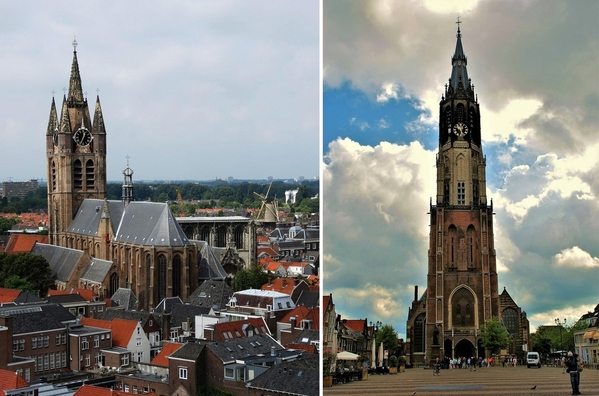
The New Church (Nieuwe Kerk), on the right above, is so named presumably to distinguish it from the 13th-century Old Church (Oude Kerk), on the left. But it’s hardly new, having been built in the 15th century. The picture of the Old Church isn’t crooked, by the way. The tower does lean quite a bit, although nothing like Italy’s Pisa, which it’s sometimes ridiculously likened to.
The Prinsenhof, pictured below, was once home to William of Orange and is now a museum that highlights the history of the Netherlands and displays a large and varied collection of paintings, earthenware, and implements. The building, then the Saint Agatha Monastery, was where William of Orange was assassinated on 10 July 1584. He was shot by Balthasar Gerards while climbing the stairs to his office. The bullet holes remain in the wall to this day and form a display in the museum.
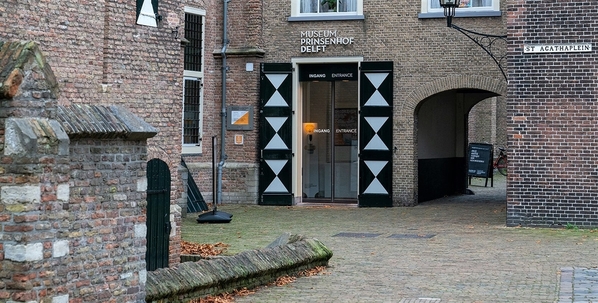
Delft has long been a centre for fine ceramics, and traditional hand painting methods can still be observed at Koninklijke Porceleyne Fles, otherwise known as Royal Delft, the manufacturer of Delft Blue earthenware.
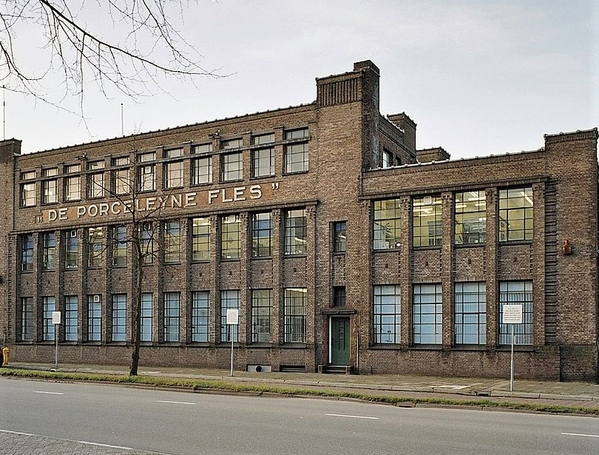
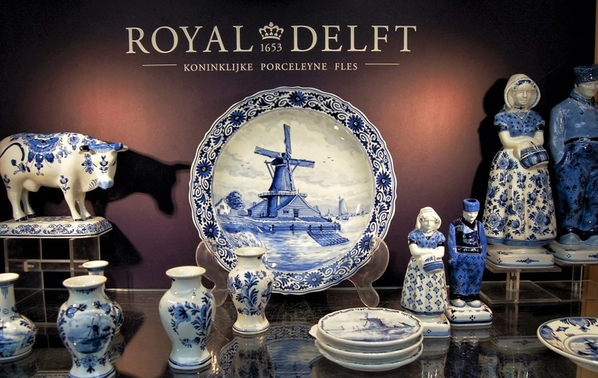
Established in 1653, Royal Delft is the only remaining Delft Blue pottery factory from the 17th century. The world-famous Delft Blue pottery is still painted entirely by hand according to centuries-old traditions.
There is a tour available – the Royal Delft Experience – during which you are taken on a journey through the present, past and the future of the centuries-old pottery. The Royal Delft Experience starts with an impressive story about the history of Royal Delft, followed by a step-by-step explanation of the production process.
Delft City Hall on the Markt (above) is a perfectly balanced, virtually symmetrical building designed by municipal architect Hendrick de Keyser in the Renaissance style. It was completed in 1620 after the old medieval building burnt down in 1618.
Thursday is market day in Delft. Between City Hall and the Nieuwe Kerk, some 150 stalls are jumbled together in the Delft general market, de Markt.
Here you can buy cheese, fish, vegetables, bread, nuts and all sorts of food, but also clothing, bicycle accessories and electronic gadgets. Around the market, cafés, pubs and open-air terraces are there to offer much-needed refreshments.
In medieval times the trading centre was located behind City Hall. The Stadsboterhuis, where real Dutch butter was traded for export, can be found at Markt 17. At Markt 11 is the weighing house or Stadswaag, which weighed all goods heavier than ten pounds. In the 18th century the building accommodated the gold and silversmith guild and the pharmacist guild. Today it houses a city pub, but the memorial stones in the front and back facades commemorate the guilds.
It was only a quick stopover so this was all we had time for, but it was well worth it.
We usually travel by train within Europe and always buy a Eurail pass. These are available only to non-European residents and allow unlimited travel on a given number of days within a specified period of time. They are ideal for spontaneous stopovers such as described in this blog because you can get on and off trains as often as you like during the course of a day and still use only one day of your pass. There are single and multi-country passes at first- and second-class fares. A first-class Benelux pass, for example, allowing travel in Belgium, Luxembourg and the Netherlands costs from US$164 for use on any three days in one month to US$311 for eight days in one month. You can buy the passes here.
As an aside, for some years now Dutch tourism bodies have been pushing for their country’s proper name to be recognised as the Netherlands, not Holland. The latter refers to only two provinces – North and South Holland – but has been the informal name for the entire country for as long as anyone can remember. However, it seems that Dutch publishers didn’t get the memo because the book given to me by Dutch colleagues proudly shouts HOLLAND as its title.
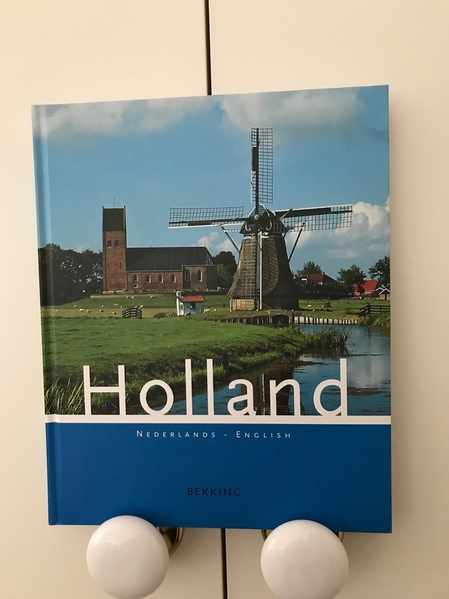
Here’s a picture of the cover – oh well. It is a beautiful book nonetheless.
Photos © Judy Barford

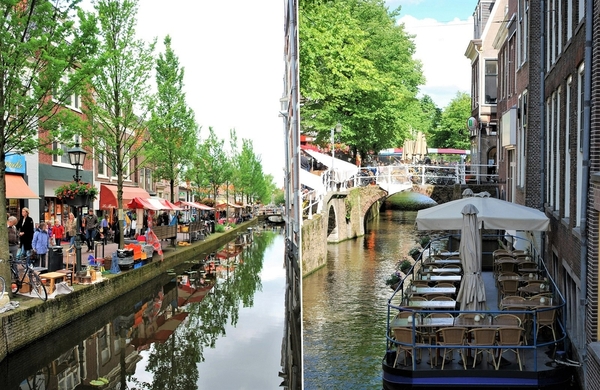
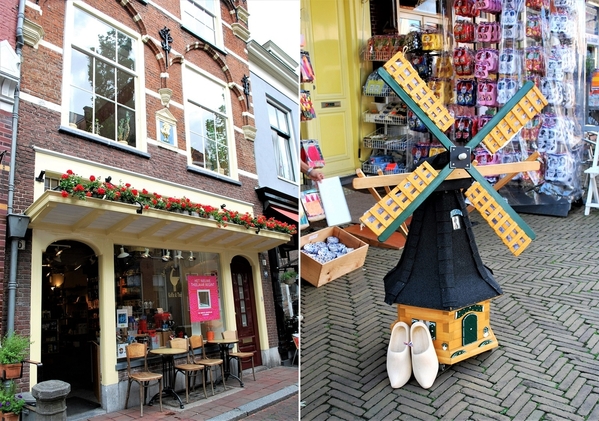
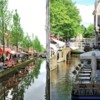
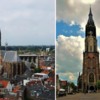

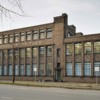

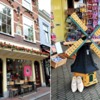
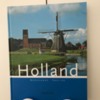
Comments (0)